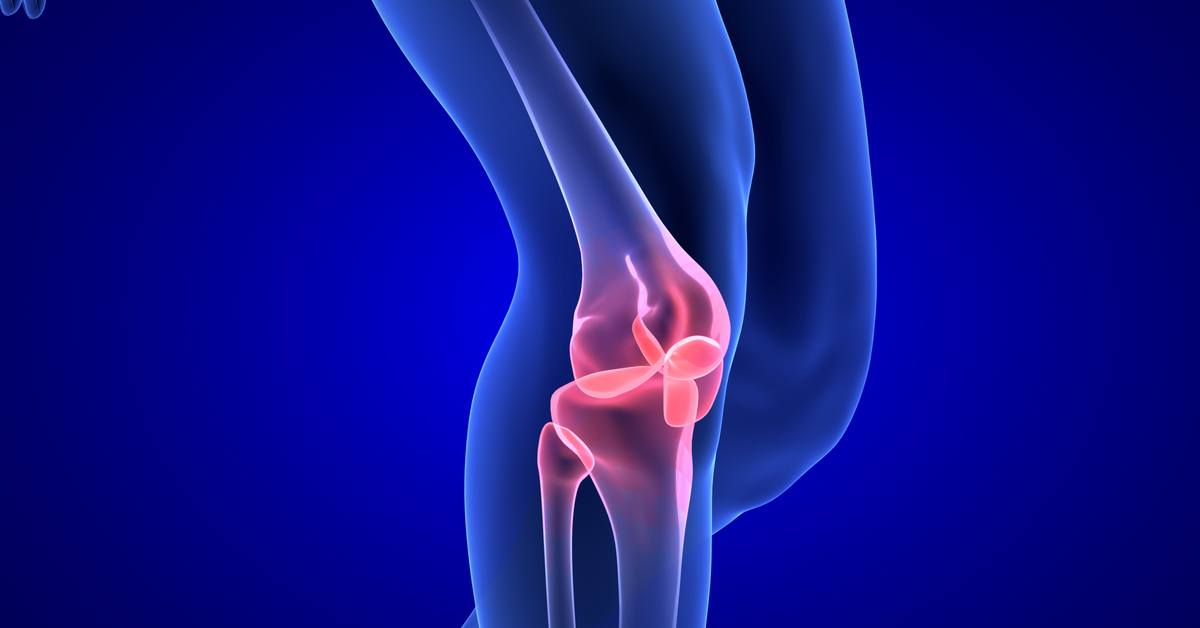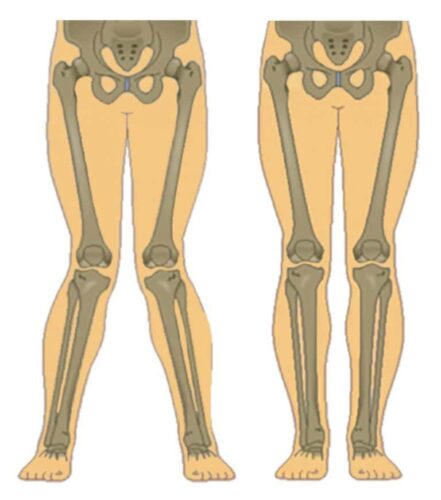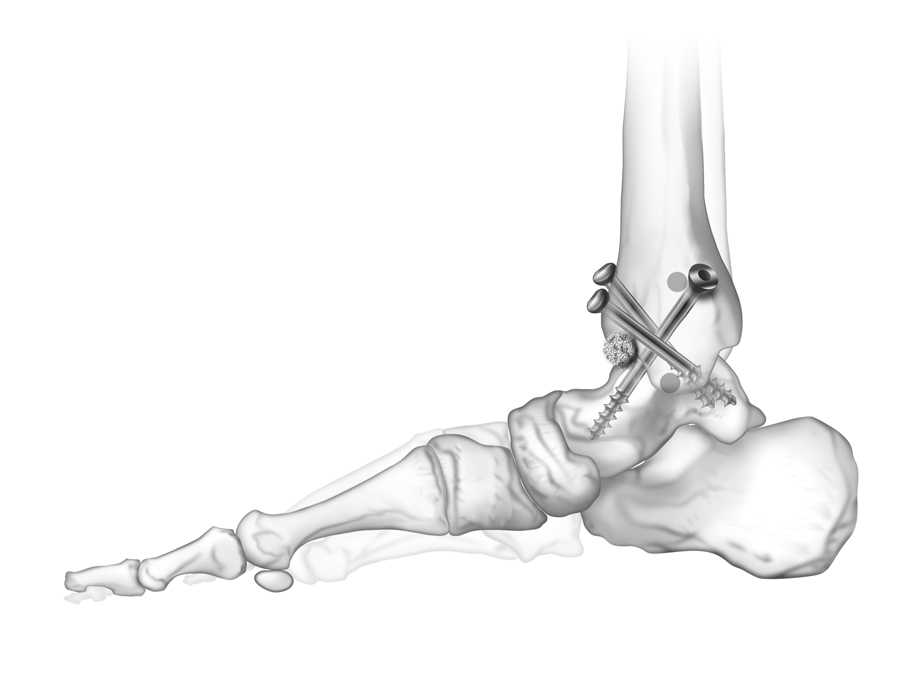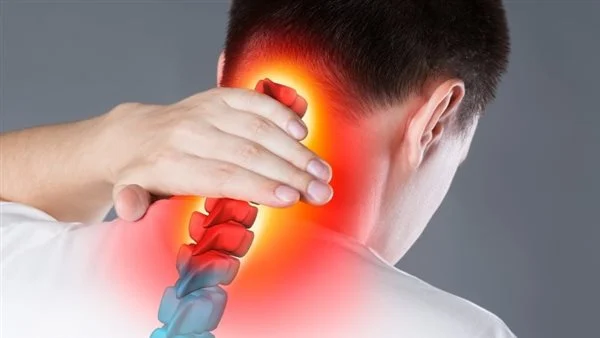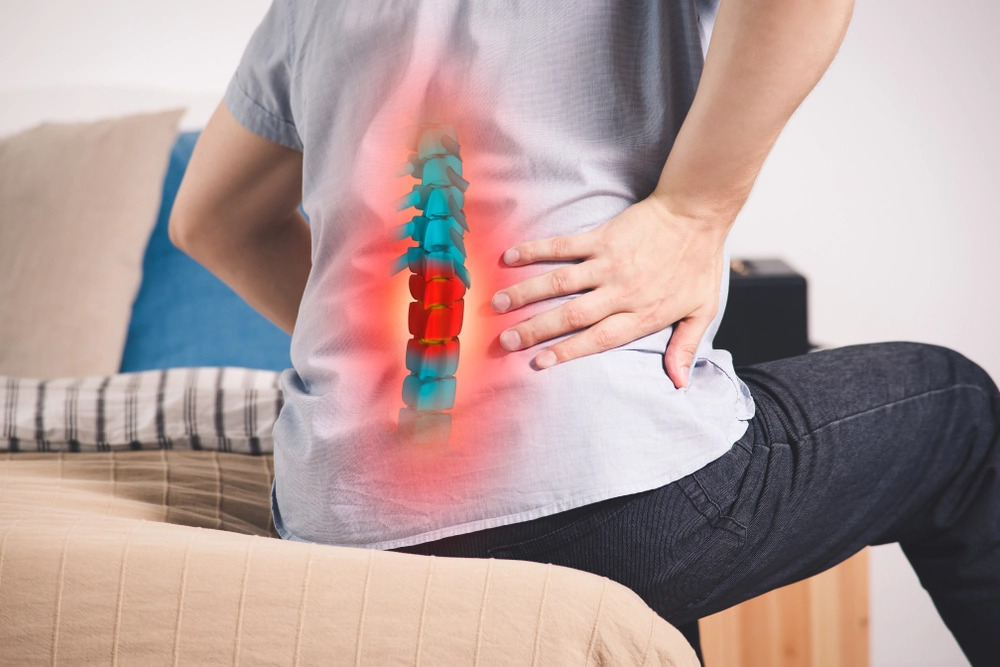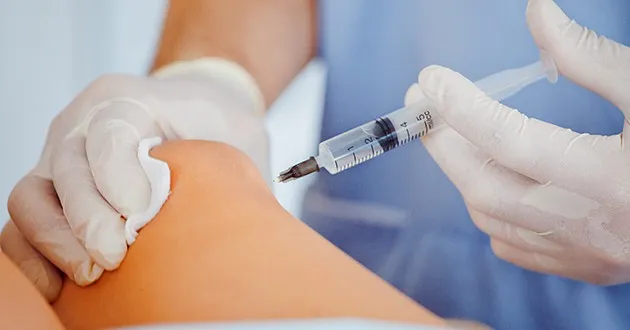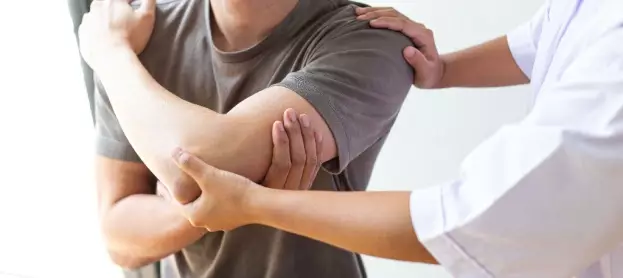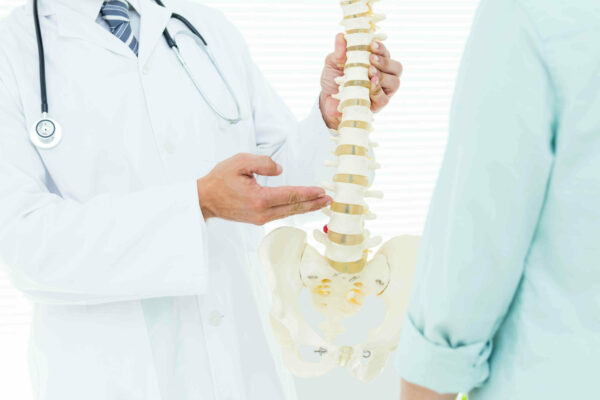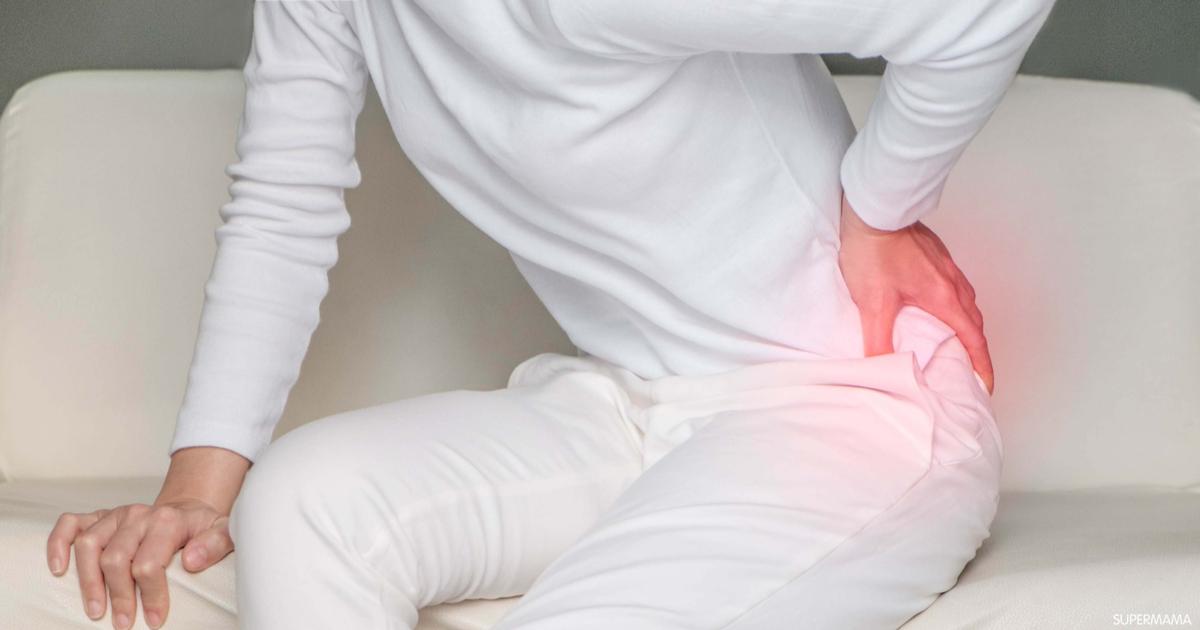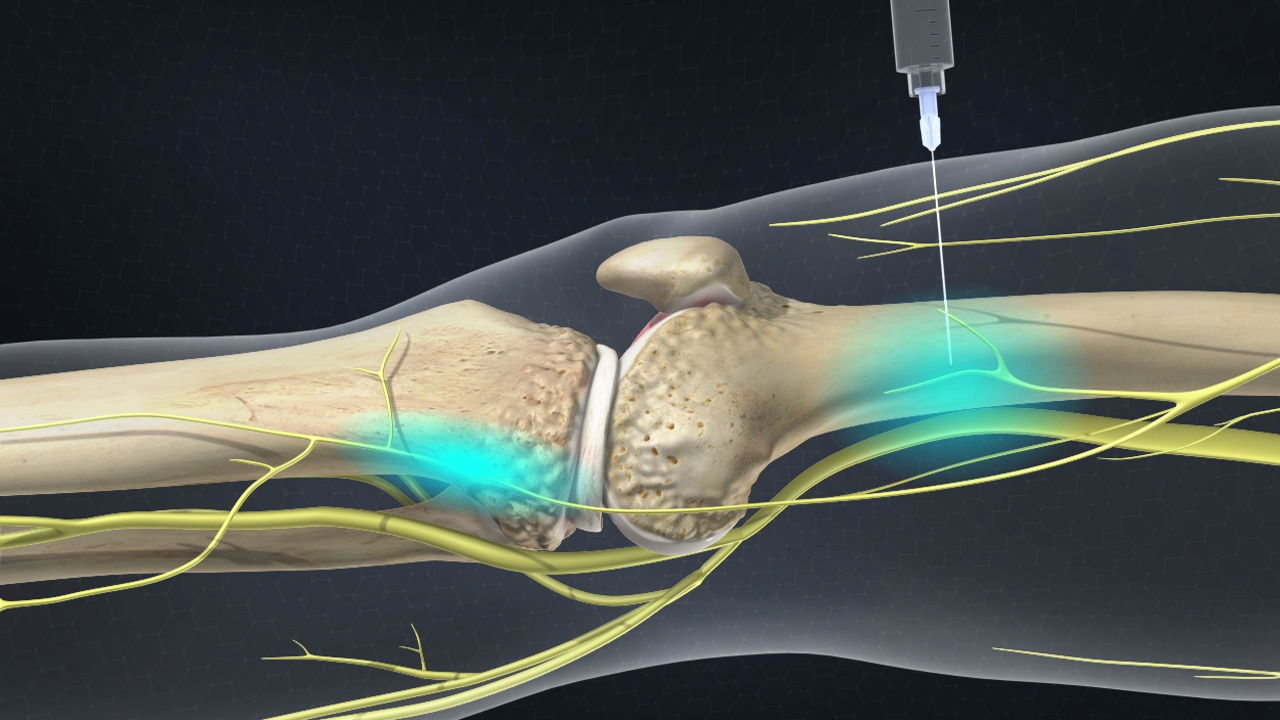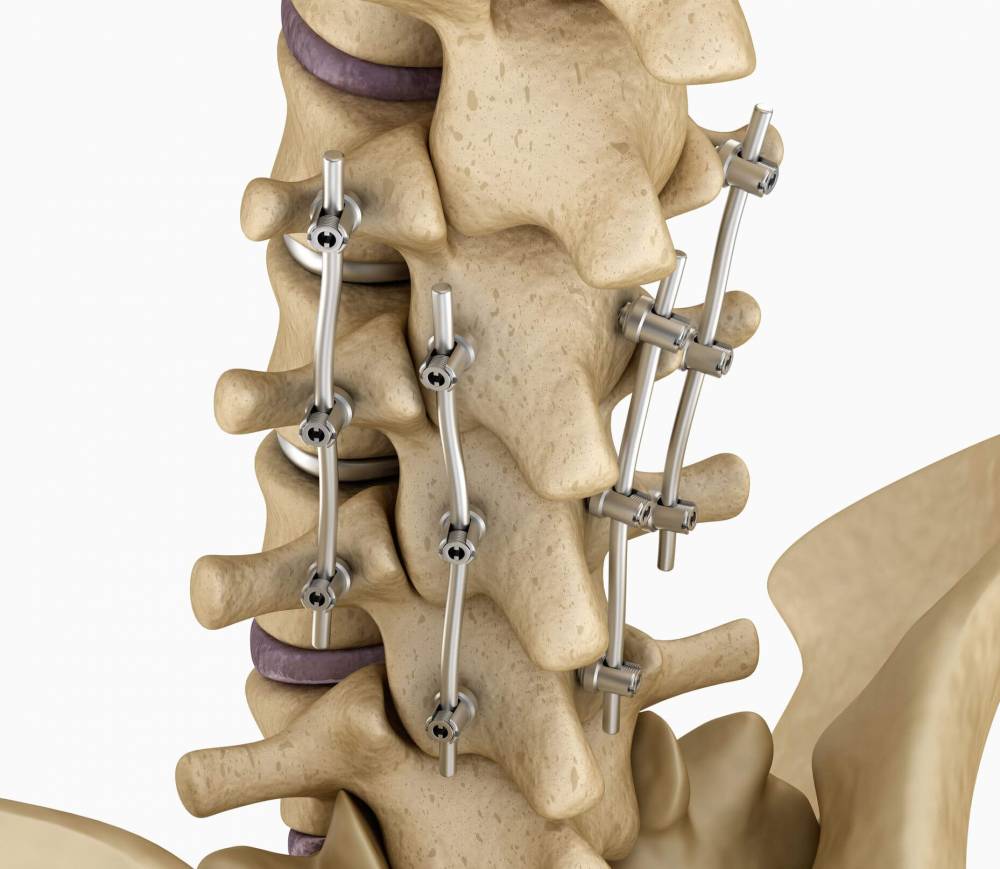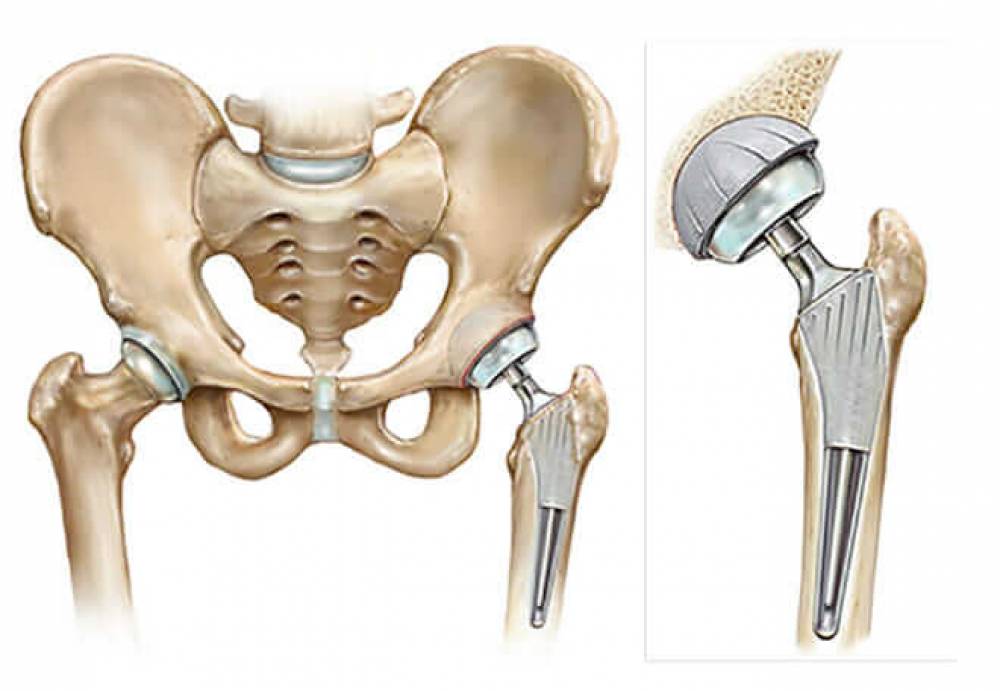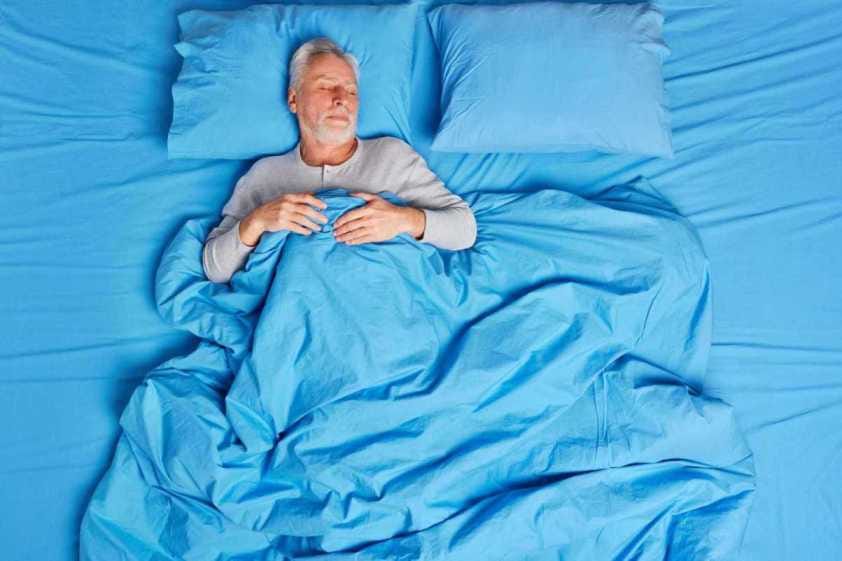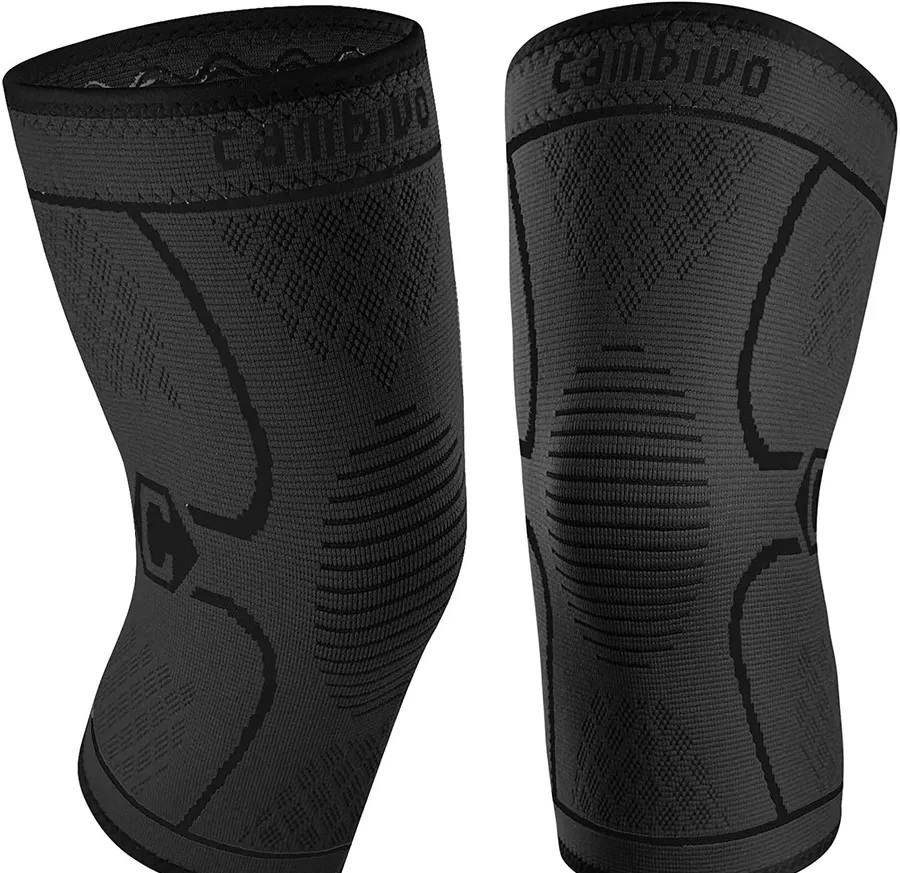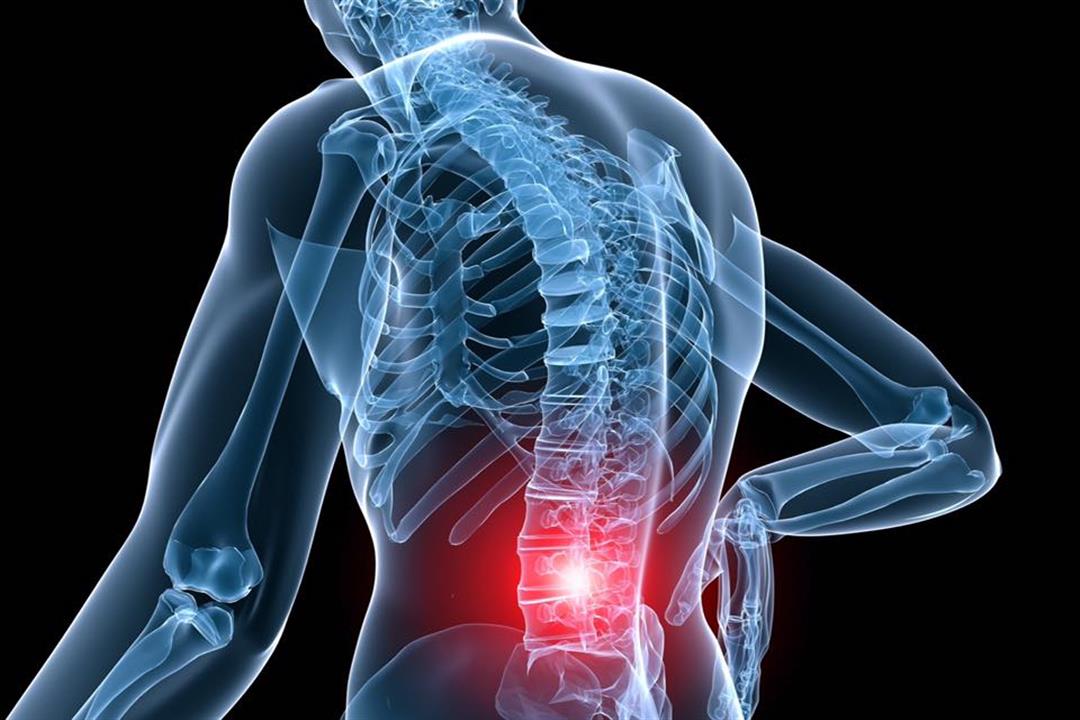Physical therapy sessions for the knee, and is there pain afterwards?
Knee Physical Therapy Sessions
The knee is one of the joints most affected by injuries and diseases and requires special care to maintain its health. Physical therapy sessions for the knee provide a range of effective measures and practices aimed at strengthening the muscles around the knee, improving joint condition, alleviating pain, and promoting healing.
Here is a list of the most important physical therapy sessions that can be implemented for an injured knee:
- Thigh Muscle Strengthening:
- Exercises may include strengthening the surrounding knee muscles such as the quadriceps and adductors.
- It is recommended to perform these exercises under the supervision of a muscle treatment and physical therapy specialist.
- Stretching Exercises:
- Daily stretching exercises for the thigh and knee muscles should be performed to maintain their flexibility.
- Stretching exercises can help reduce muscular tension and improve the knee’s range of motion.
- Low-Impact Exercises:
- Walking, cycling, and swimming are examples of low-impact exercises that enhance strength and endurance without overburdening the injured knee.
- Balance Exercises and Functional Improvements:
- These exercises aim to improve balance and control of knee movement.
- Developing strength and stability can reduce the risk of knee injuries and improve the joint’s overall performance.
- Awareness and Guidance:
- Awareness and guidance regarding correct behaviors and movements during daily activities for the knee are important for maintaining its safety.
- It is advisable to avoid strong movements, excessive repetition, and to change sitting and standing positions regularly.
- Complementary Treatments:
- Some individuals may benefit from applying ice or localized heat to the knee to relieve pain and reduce swelling.
- Gentle massage techniques can also be used to improve blood flow and relieve tension in the knee area.
Before carrying out any knee physical therapy session, it is essential to consult a physical therapy specialist to assess your health condition and guide you properly. Do not hesitate to ask any questions regarding your treatment or clarifications that may be important about the exercises and appropriate techniques.
You will find the physical therapy sessions for the injured knee to be greatly beneficial in strengthening thigh muscles, improving range of motion, and reducing pain. Self-care for the knee is also an important part of the healing process. Rest from strenuous knee activities, be cautious while moving, and pay attention to any new signs of pain or swelling.
Recovering knee health requires time and attention, but with the practice of appropriate physical therapy sessions, you will be able to gradually improve and return to your usual activities with confidence and comfort.
How many physical therapy sessions are needed for knee osteoarthritis?
Physical therapy is one of the important and effective treatments in dealing with knee osteoarthritis problems. With the increased prevalence of this disease and its impact on the quality of life of those affected, knowing how many appropriate physical therapy sessions can contribute to achieving the best results and improving the patient’s condition.
However, before discussing the number of physical therapy sessions, we must become familiar with knee osteoarthritis and its causes. Knee osteoarthritis occurs as a result of the wear and tear of the joint cartilage, leading to abnormal friction between bone surfaces and consequently pain and pressure on the joint. Knee osteoarthritis may develop gradually over time or be the result of a direct injury.
When knee osteoarthritis is diagnosed, doctors usually resort to physical therapy as an effective means to alleviate pain and improve the severity of movement in the joint. However, the number of physical therapy sessions may vary according to several factors, such as:
- The severity of the knee condition: The degrees of knee osteoarthritis vary from one case to another. Some cases may be mild and require fewer treatment sessions, while other cases may be more severe and need more comprehensive treatment sessions.
- Patient response: The effect of physical therapy differs from one person to another. Some patients may respond better to treatment and feel rapid improvement, while others may need additional sessions to achieve significant improvement.
- Patient commitment: Physical therapy requires cooperation and commitment from the patient. More sessions may be needed if the patient does not regularly practice the prescribed exercises at home, or if they do not adhere to treatment advice.
- Overall health condition: The overall health condition of the patient can affect the number of physical therapy sessions required. Patients who suffer from other health problems such as diabetes or heart disease may need additional sessions to manage their condition properly.
- Age: Age is an important factor in determining the number of physical therapy sessions. Younger individuals generally respond faster to treatment and need fewer sessions.
It is difficult to determine a specific number of physical therapy sessions for knee osteoarthritis, as each case is unique and requires special care. It is usually recommended that the patient adhere to the schedule of physical therapy sessions prescribed by doctors or specialists according to their individual condition.
Given the importance of physical therapy in treating knee osteoarthritis and the low risks, it is worth the time and effort spent to achieve the best results. Patients should also work closely with the physical therapy team and follow directions to ensure optimal recovery.
How to do natural therapy for the knee?
Ways to Treat the Knee Naturally
Many people suffer from knee problems, such as knee osteoarthritis. Some of them may need medical treatment to alleviate pain and swelling. However, there are also some natural methods that can be used to reduce the symptoms of knee osteoarthritis and improve its health. In this article, we will provide you with some tips on how to treat knee osteoarthritis naturally.
- Exercise: Exercise is one of the best ways to strengthen the knee muscles and improve their health. The following exercises can be tried: Walking: Walking may be one of the best exercises for knee health. It helps strengthen the muscles around the knee and improve its function.
- Cycling: Cycling helps strengthen the leg and knee muscles and is an exercise that improves balance and flexibility. Weight Loss: The knee experiences extra pressure in people who are overweight. Therefore, losing some weight can be beneficial to reduce the pressure on the knee and decrease pain.
- Proper Nutrition: Proper nutrition plays an important role in improving knee health. It is advised to include the following foods in your diet: Fatty fish: Such as salmon and tuna, which contain omega-3 fatty acids that promote joint health.
- Dark leafy vegetables: Such as spinach and kale, which contain vitamin K and calcium that promote bone and joint health. Fruits and vegetables rich in vitamin C: Such as oranges, strawberries, and bell peppers, as vitamin C works to strengthen connective tissues and improve the health of the cartilage.
- Using Heat and Ice: Using heat or ice is an effective way to relieve pain and swelling in the knee. Heat can be used through warm water or a heat pack, while ice can be applied by placing it in a sealed bag and applying it to the knee for 10-15 minutes.
- Avoid Harmful Activities: Activities that are harmful to the knee, such as intense jumping and running, should be avoided as they can increase cartilage damage and exacerbate symptoms of knee osteoarthritis. Instead, choose low-impact activities such as walking and swimming.
It is important to note that before starting any natural treatment for knee osteoarthritis, it is necessary to consult a doctor to assess your condition and guide you towards appropriate treatment. Some people may require medical procedures or other treatments to improve knee health. Therefore, do not hesitate to ask your doctor any questions or concerns.
Does physical therapy treat knee pain?
Many people suffer from knee pain, whether due to injury or surgery, and they are looking for the best ways to alleviate the pain and promote the recovery process. Among the available options, an important question arises: Can physical therapy help in treating knee pain?
Physical therapy is a medical specialty that uses non-surgical techniques and measures to treat pain and improve body functions. Below, we review some common physical therapy methods for knee pain:
- Strengthening and stretching exercises: Strengthening and stretching exercises are a fundamental part of physical therapy programs for knee pain. These exercises help to strengthen the muscles surrounding the knee, improving their stability and flexibility. Exercise programs are designed based on medical diagnosis and the condition of the knee and are usually supervised by a physical therapist.
- Deep tissue massage: Deep tissue massage uses targeted pressure on the damaged tissues in the knee, aiming to improve blood flow and reduce tension and spasm in the muscles and tissues near the knee. Massage may also contribute to improving the flexibility and movement of the knee.
- Use of heat and cold: This technique is common in treating knee pain. The specialist uses hot or cold compresses and applies them to the knee based on the case recommendation and medical diagnosis. When applying heat, the blood vessels expand, increasing blood flow to the affected area, while cold is used to constrict blood vessels and relieve swelling and inflammation.
- Use of assistive devices: In some cases, the doctor may recommend using assistive devices such as special shoes or knee braces. These devices aim to provide support and stability to the injured knee and reduce pressure on it during walking or movement.
- Motor rehabilitation programs: This type of treatment includes continuous monitoring of movement and motor techniques in different cases of knee pain. The rehabilitation program aims to restore strength, flexibility, and balance in the knee and generally improve motor performance.
Although physical therapy cannot cure all cases of knee pain, it is considered an optimal and effective option in reducing pain and accelerating the recovery process for many patients. If you have knee pain, consulting a doctor specialized in physical therapy will help you determine the best plan for diagnosis, treatment, and achieving better results.
Does walking cure knee osteoarthritis?
Knee osteoarthritis is a common condition that affects many people, attacking the joint and causing pain and restriction in its movement. A question posed by many is whether walking can treat knee osteoarthritis or not?
Although walking does not directly cure knee osteoarthritis, it is one of the necessary activities for patients with this condition. It is always preferable to consult a doctor before starting any physical activity to ensure that walking is the most suitable behavior for the patient’s condition.
In this article, we will review the benefits of walking in cases of knee osteoarthritis and how it can contribute to alleviating pain and improving the condition of the joint.
Benefits of Walking for Knee Osteoarthritis:
- Strengthening Muscles: Walking strengthens the thigh and leg muscles, which are essential for supporting and fortifying the joint. With increased muscle strength, patients can alleviate the pressure on the affected joint and improve its condition.
- Increasing Blood Flow: Walking increases blood flow to the affected joint, which helps nourish the joint and improve its condition. Good blood circulation also helps relieve joint stiffness and rigidity, thereby reducing pain and swelling.
- Contributing to Weight Loss: Weight loss is an important factor in treating knee osteoarthritis. Excess weight can increase pressure on the affected joint and exacerbate symptoms. By walking regularly and maintaining a healthy diet, patients can reduce weight or at least prevent weight gain, which contributes to improving the condition of the knees.
- Reducing Stress and Tension: Walking helps relieve mental and physical stress and tension, which can positively affect the joint’s condition. Stress and tension can lead to increased muscle spasms and pain in the affected joint.
Tips for Safe Walking with Knee Osteoarthritis:
- Consult a Doctor: Before starting any walking program, patients should consult a doctor for specific guidance for their health condition. The doctor can provide advice on the appropriate duration and intensity of walking.
- Use Comfortable Shoes: It is preferable to use comfortable and suitable walking shoes that provide necessary support for the foot and reduce the impact of movement. Consulting a footwear specialist for selecting the ideal shoe is advisable.
- Stretching and Warming Up: Before starting to walk, patients should perform stretching and warming up exercises for the muscles. This helps prevent injuries and improve muscle flexibility.
- Do Not Overdo It: Patients should not exceed their personal limits and should not walk excessively. It is recommended to start with short distances and gradually increase them.
- Use a Cane or Medical Crutch: For patients with advanced osteoarthritis or the elderly, using a cane or medical crutch while walking can help relieve the load on the affected joint.
- Avoid Uneven Surfaces: Walking on uneven or sloped surfaces should be avoided, as they can increase the risk of injury or worsen symptoms.
- Consult a Doctor about Other Sports: For patients who wish to engage in other types of exercises instead of walking, they should consult a doctor. Certain types of sports should be avoided to prevent exacerbating the damage to the affected knee.
In conclusion, walking is beneficial for those suffering from knee osteoarthritis, as it contributes to improving muscle strength, increasing blood flow to the affected joint, and reducing pain. However, it is important to consult a doctor before starting any physical activity to determine the appropriate duration and intensity.
Is there pain after physical therapy sessions?
Physical therapies are popular for treating many health issues, such as strengthening muscles, improving movement, and eliminating pain. However, many patients question the extent of pain during these sessions and whether they will cause any pain after the treatment.
Fortunately, it should be noted that physical therapy sessions are generally painless and harmless. The main goal of this type of treatment is to strengthen the patient’s body and improve their health and stability. However, this does not mean that there will be no pain or discomfort during the therapy sessions.
In reality, the patient may feel some pain during certain sessions, especially if they are suffering from a muscular, joint, or inflammatory injury in one of the areas being treated. When the physiotherapist reuses muscles that have weakened or been injured, the patient may feel tension or temporary pain. However, this pain is usually mild and temporary, and quickly disappears after the session ends.
It’s important to understand that the pain felt during physical therapy sessions is usually a result of stretching and stabilizing the damaged tissues. In general, this pain is a good sign, indicating that the treatment is leading to the restoration of function and health of the targeted area.
Nevertheless, if the pain after physical therapy sessions increases in intensity and persists for a long period, the patient should communicate with the treating physiotherapist to discuss the problem. They may need an adjustment in the treatment plan or additional techniques to alleviate the pain.
There are several steps that can be taken to reduce pain after physical therapy sessions. Among these steps are:
- Applying ice: An ice pack or a chilled water bag can be used on the painful areas for 15-20 minutes. Applying ice helps reduce inflammation and swelling and improves patient comfort.
- Massage: It is beneficial for the patient to perform a light massage on the affected area using massage oil. Massage helps to relax tense muscles and improve blood flow in the affected area.
- Stretching exercises: The patient can do simple stretching exercises at home to improve the flexibility of muscles and joints and reduce pain after the therapeutic session.
If the pain after physical therapy sessions continues for a long period and becomes concerning, it is essential to inform the treating physiotherapist. There may be a need to evaluate and adjust the treatment plan to achieve the best results and avoid complications.
In conclusion, we can say that pain after physical therapy sessions is a natural and temporary matter in most cases. By using the appropriate techniques to alleviate pain, the patient can enjoy the many benefits of physical therapy without enduring any new pains.

